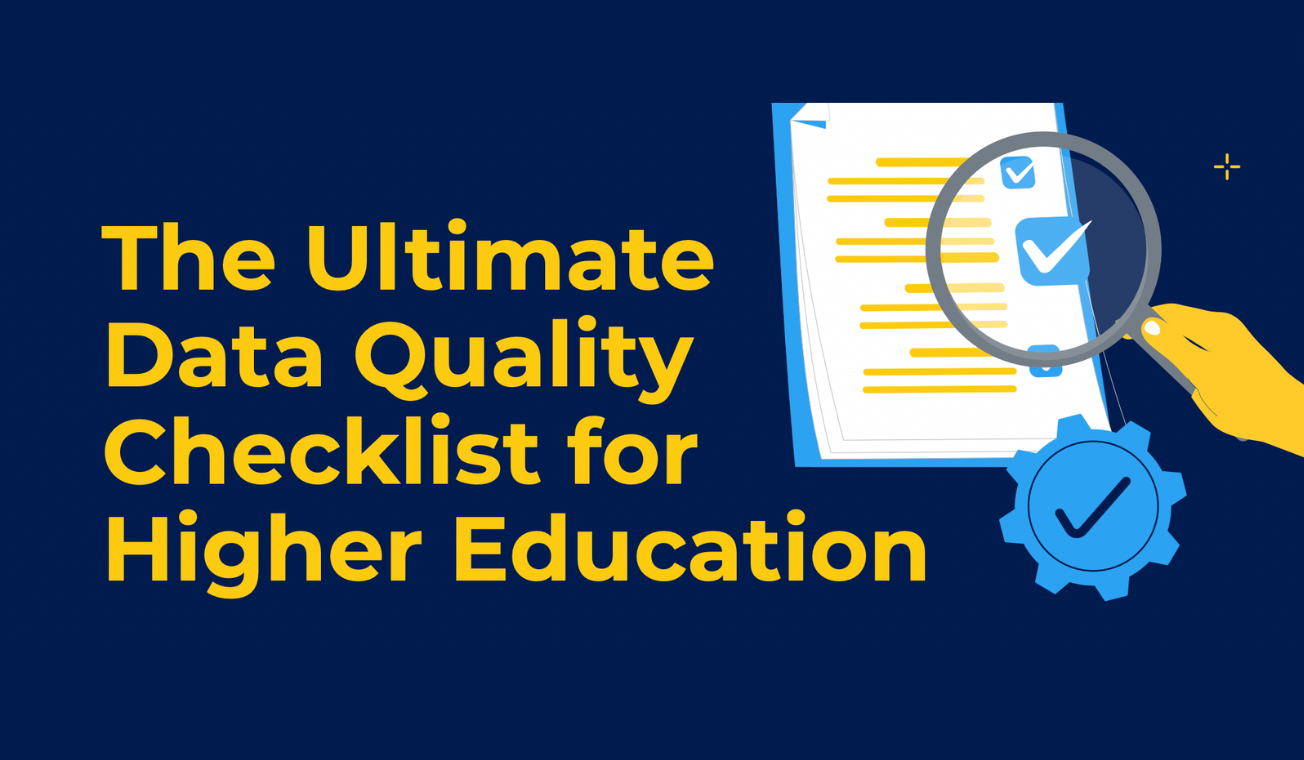When I applied for my Ph.D., learning online wasn’t a readily available option for me. The program I was considering at one of the largest universities in the country still demanded in-person, on-campus, resident-only instruction despite having access to all the technology and tools to make online education possible.
Like many nontraditional students, I couldn’t enroll in this type of program because I didn’t have the time or ability to be on campus for every single class. For decades, this inflexibility halted nontraditional students like myself from achieving their desired higher education.
During the pandemic, institutions quickly realized how vital online learning is. They valiantly scrambled to provide online courses and give students more options, but many still fell short. Things have improved at many institutions thanks to the crash course in remote learning that the pandemic necessitated, but higher ed could still do better.
I’m going to share my perspective on the biggest challenges facing online education today and make some suggestions for overcoming these issues based on my 22+ years of experience in higher ed.
What are the biggest challenges facing online education today?

It’s important to note that the landscape of online education is constantly evolving. Here are some of the significant challenges that we’re currently facing:
- Unreliable access and infrastructure
- Varying digital literacy, even by staff
- Using the wrong LMS (or worse, using multiple LMS platforms on one campus) or not using the right one to its full potential
- Maintaining student engagement and motivation
- Inconsistent course structure and quality
- Bureaucratic environments that punish innovation and change
- Worries about students using AI to cheat
- Shifting perceptions of online education
1. Unreliable access and infrastructure
Not all students have reliable access to the internet or the necessary technology to engage in online learning. Disparities in internet connectivity and access to devices can limit students’ ability to participate fully in online education, particularly those from economically disadvantaged backgrounds.
Universities are responsible for providing their students with the resources necessary to thrive. Institutions can address this challenge by establishing dedicated support services that provide guidance on accessing community resources or assistance in finding alternative solutions for connectivity. Technology loan programs are another option to provide students with the technology they need.
2. Varying digital literacy, even by staff
Online learning requires a certain level of digital literacy and technical skills. Some students and educators may lack familiarity with online tools, leading to difficulties in navigating the digital learning environment effectively.
Leaders at institutions constantly debate how much digital literacy training they should give students and faculty. Should they help people acclimate or just throw them into online learning?
It’s my humble opinion that if an institution offers online courses, it should provide training to access and use those courses. Universities can create digital literacy programs that give students and professors the basics they need to be successful.
3. Using the wrong LMS or not using the right one to its full potential
The pandemic quickly revealed who was prepared for online learning and who wasn’t. Many professors and students had never even logged into their LMS before that time, and institutions certainly didn’t seem to know what they needed in a platform up to that point.
Having the right technology is key to providing the best online experience. Institutions need to take an in-depth look at whether their LMS serves faculty and students and if both are using the platform to its full potential. Institutions can start by conducting anonymous surveys to gauge feedback on current technology, then decide what changes, if any, are needed.
If an institution decides to switch to a new LMS, the migration process can be automated and much easier than it was in the past. Scaffold Migration provides schools with an easy, automated solution to migrate from one LMS to another in as little as 90-120 days–a process that previously took years to complete. Empowering institutions to choose the right LMS platform for their faculty and students and migrate to it when and how they want is the first step in meeting this challenge head on.
4. Student engagement and motivation
Online education can present challenges in maintaining student engagement and motivation. Many students think online courses are easier, but remote instruction is often more difficult because it requires more work, reading, and independent study.
The type of student who will succeed the most through online education is a responsible self-starter who can keep themselves accountable. Professors can help by providing structure like clear deadlines, interactive assignments/discussions, and, when possible, having individual interactions with students. Ultimately, though, it is the student’s responsibility to take charge of their own motivation.
Learning takes place when educational material is absorbed, exchanged, dissected, tested, and taught with purpose and sometimes through sheer will, not because someone is sitting in a classroom.
5. Course structure and quality
Maintaining the quality of instruction in an online setting can be demanding. You can’t just throw an in-person course online or vice versa.
Converting traditional classroom-based courses into effective online formats requires careful course design and content adaptation. This process involves considering the use of multimedia resources, interactive elements, and suitable assessments that align with the online learning environment. Providing professional development opportunities for faculty to enhance their online teaching skills is the best way to ensure the quality of your institution’s online course design.
6. Bureaucratic environments that punish innovation and change
Bureaucracy in higher education is holding technology back. Some of the self-appointed most innovative institutions in the country are the most difficult to work with, making them the least innovative in practice.
Too many leaders are scared to take steps forward, fearing they could be blamed if something goes wrong. This challenge is particularly difficult to overcome because a mistake really could cost someone their job. Our survival and ability to thrive, though, depends on risk.
Leaders in higher ed need to change what is typically an unforgiving environment to allow room for change. This sort of issue is pervasive and more difficult to overcome than others I have previously mentioned. In this blog, I discuss in depth how to nurture courageous leadership in higher education to better serve faculty, students, and our greater community.
7. Worries about students using AI to cheat

Many worry how tools like ChatGPT being so readily available to the public will impact the validity of online education. If students can make ChatGPT come up with a submission in as little as 2 seconds, how can faculty truly measure learning?
As quickly as AI has come onto the scene, education technology experts are finding answers to the questions about how to integrate this new tool to its fullest potential without sacrificing the integrity of our students and faculty members who use it. Institutions that invest in solutions that help them identify AI-generated content so they can create policies around the use of powerful technologies like ChatGPT will be the true innovators.

8. People’s perception of online education
While recent events forced people to be more open-minded about the validity of online education, it still seems to have a black eye. In-person instruction is still considered superior when, in reality, a blended learning environment combining both online instruction and in-person is statistically the superior educational format.
More time and informing the misinformed will allow higher ed to overcome this challenge facing online education’s reputation. We’re getting there, but there’s still work to do to meet this challenge, and educators need to be the first to stand up for the real-world benefits of online learning.
What is the future of online education?
Blended and/or asynchronous learning is the only way to go. This style of education is the only way to adequately provide today’s student with the best chance of success. Take it from someone who has been there, done that–school administrators who refuse to move toward this mode of learning and still require all learning to happen face-to-face will fall far behind those who aren’t afraid to change and evolve.
What is K16 Solutions doing to help?
As a cutting-edge EdTech company created by educators for educators, K16 Solutions is always looking toward the future of higher education and how we can help. We strive to provide institutions with the EdTech they need to step forward. Take a look at our products and solutions to learn more.






